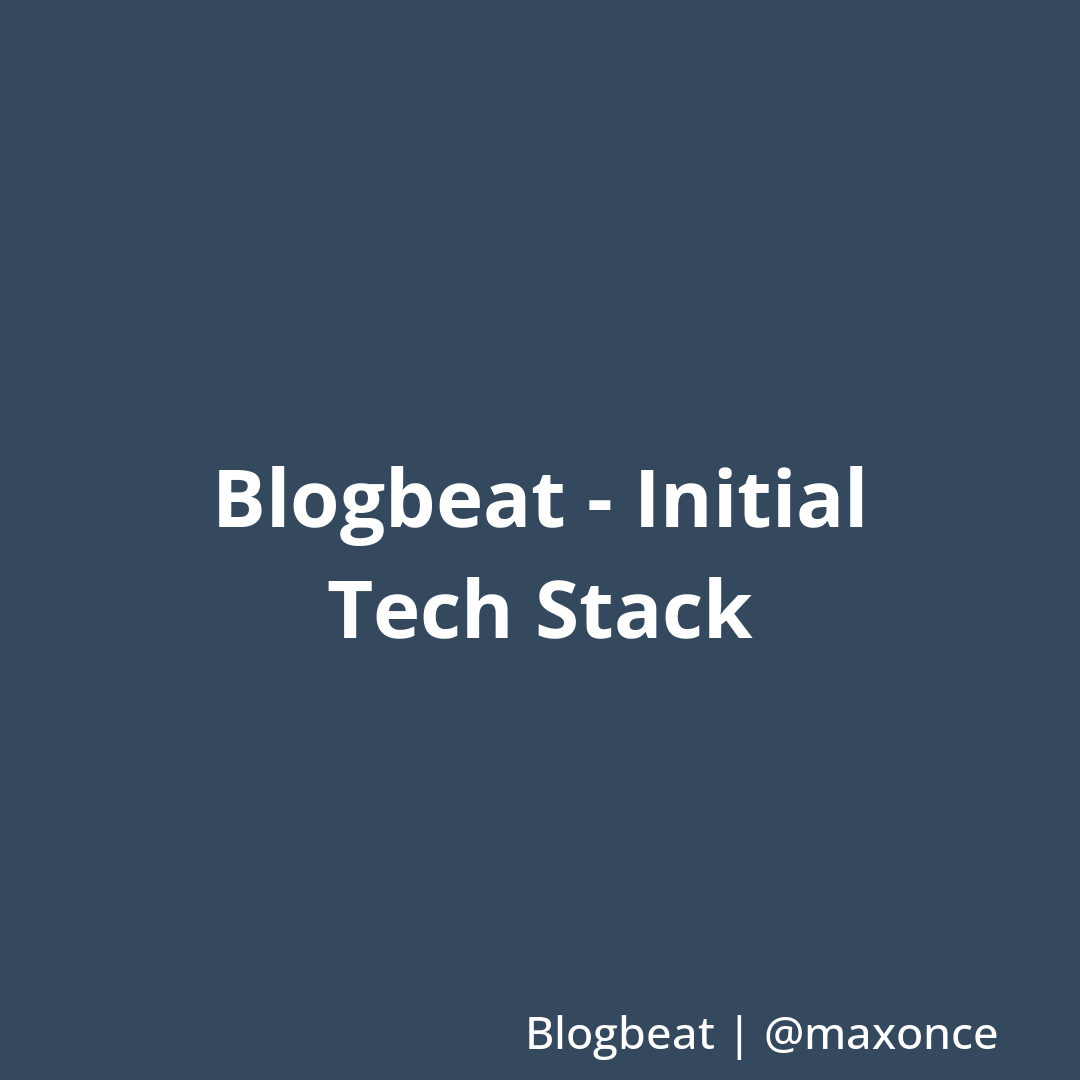How to build a Blog platform? Scalability, durability and robustness are important factors for a blog platform. On our way developing Blogbeat time efficiency has always been an important factor. In the following article I sum up key experiences and the tech stack behind blogbeat.app

Blogbeats two Engines
Blogbeat App is divided into two independent parts:
- Core Blog Engine:
- this part is including draft features, search functionality, article pages
- Core Beat Engine
- this parts manages the automation and APIs, like LinkedIn, Facebook, Twitter, Medium, dev.to
- As the Blogbeat development accelerated we needed to think about a technical setup that will satisfy the major requirements on one hand and lets us reach our goal in a time efficient manner on the other hand.
That leads us to Blogbeats Tech Stack
- Python + Django
- The fantastic Django framework is a Python framework that claims to be the web framework for perfectionists with deadlines.
- Django provides us with a scalable, durable and robust backend for both pur Core Engines
- HTML, CSS, Bootstrap
- Fast and simple HTML pages with Bootstrap are solving our needs
- Future major frontend development will focus on Single Page Application frameworks
- PostgreSQL Database
- PostgreSQL is one of the most advanced Open Source SQL Databases in the world
- Nginx + Cloudflare to serve the website
- Cloudflare is solving speed and security requirements with CDN caching and various security features
- Nginx is used to secure the connection to Cloudflare
- Hetzner Cloud + Docker to simulate a stateless container platform
- Hetzner is a german Cloud Provider with ISO 27001 certification
- With Docker we are able to launch stateless applications fast with almost zero downtime deployments
- OpenAI
- Integrating state of the art artificial intelligence to get instant recommendations while writing blog articles
Blogbeats system efficiently manages over 100.000 global hits annually at a cost of less than €100 per year.
